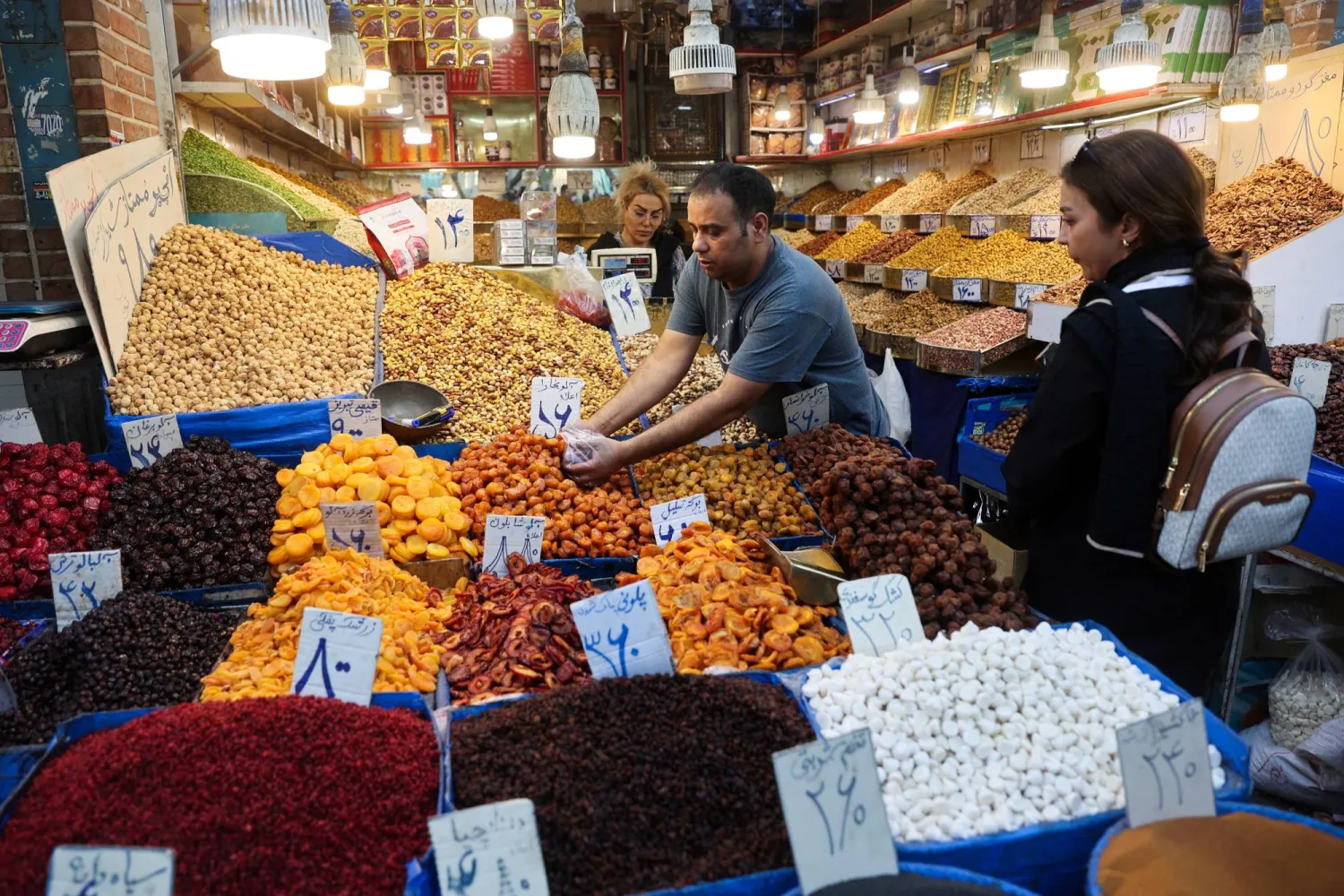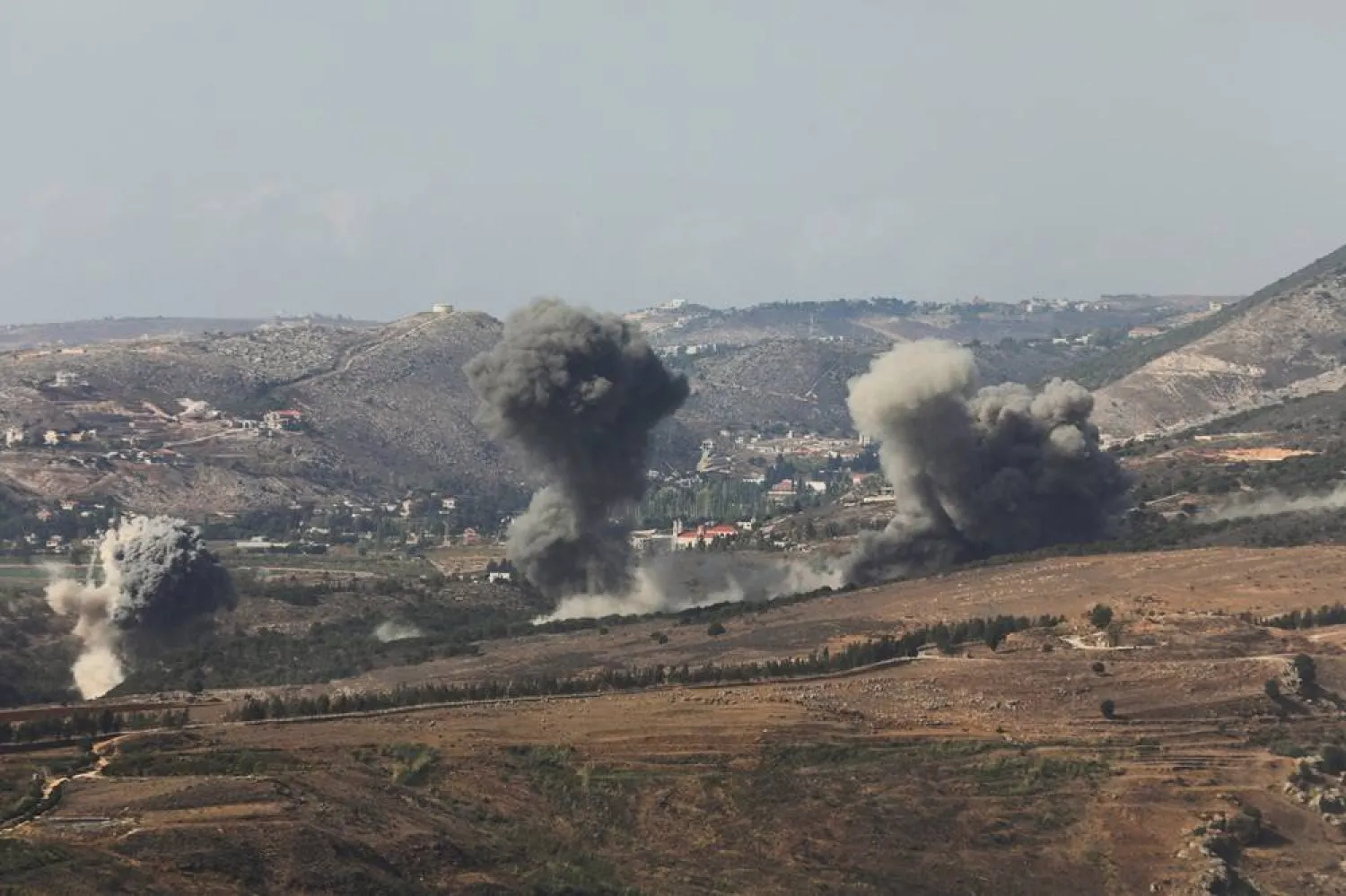Hamas' military leader Mohammed Deif, one of the masterminds of the Oct. 7, 2023 assault on southern Israel, was an elusive figure who had a long and secretive career in the Palestinian group and had been sought by Israel for decades.
Deif, 58, was finally killed in an Israeli airstrike on July 13, a huge blow to the armed group more than nine months after the Oct. 7 attack triggered Israel's devastating campaign in Gaza.
The Israeli military said on Thursday it had confirmed his death in the airstrike in Gaza's Khan Younis area. Hamas did not immediately respond to a request for comment on the Israeli announcement.
Deif had survived seven previous Israeli assassination attempts, the most recent in 2021. In the months since Oct. 7, he was believed to have been directing military operations from the tunnels and backstreets of Gaza, alongside senior colleagues.
Rising up the Hamas ranks over 30 years, Deif developed the group's network of tunnels and its bomb-making expertise. He had topped Israel's most wanted list for decades, held personally responsible for the deaths of dozens of Israelis in suicide bombings.
Hamas sources said Deif lost an eye and sustained serious injuries in one leg in one of Israel's past attempts to kill him. His survival over the years made him a folk hero for some Palestinians.
He and two other Hamas leaders in Gaza formed a three-man military council that planned the Oct. 7 raid, in which 1,200 people were killed and more than 250 taken hostage, according to Israeli tallies, in the bloodiest attack in Israel's 75-year history.
After the attack, Prime Minister Benjamin Netanyahu's government vowed to kill the three - Yahya Sinwar, Hamas' leader in Gaza, Deif, head of the military wing, and Marwan Issa his deputy, who was reported killed by Israel in March.
In an audio tape broadcast as Hamas fired thousands of rockets on Oct. 7, Deif named the raid "Al-Aqsa Flood", signaling the attack was payback for Israeli raids at Jerusalem's Al-Aqsa Mosque.
A source close to Hamas said Deif began planning the operation in May 2021, after a raid on Islam's third holiest site that enraged the Arab and Muslim world.
"It was triggered by scenes and footage of Israel storming Al-Aqsa Mosque during Ramadan, beating worshippers, attacking them, dragging elderly and young men out of the mosque," the source said. "All this fueled and ignited the anger."
At the time, Israel accused Palestinians of trying to incite violence in Jerusalem. Palestinians rejected the allegation.
The storming of the mosque compound, long a flashpoint for violence over matters of sovereignty and religion in Jerusalem, helped set off 11 days of fighting that year between Israel and Hamas.
AL-AQSA RAGE
There are only three images of Deif: one in his 20s, another of him masked, and an image of his shadow, which was used when the audio tape was broadcast on Oct. 7.
Deif, 58, rarely spoke and never appeared in public. So when Hamas' TV channel announced he was about to speak that day, Palestinians knew something significant was afoot.
"Today the rage of Al-Aqsa, the rage of our people and nation is exploding. Our mujahedeen (fighters), today is your day to make this criminal understand that his time has ended," Deif said in the recording.
For Israelis and Western states, the Iran-backed Hamas, which has directed suicide bombings in Israel and fought frequent wars against it, is a terrorist group bent on Israel's destruction.
For Palestinian supporters, Hamas leaders are fighters for liberation from Israeli occupation, keeping their cause alive when international diplomacy has failed them.
The source close to Hamas said the decision to prepare the Oct. 7 attack was taken jointly by Deif, who led Hamas's armed wing, known as al-Qassam Brigades, and Sinwar, but it was clear Deif was the architect.
"There are two brains, but there is one mastermind," the source said, adding that information about the operation was known only to a handful of Hamas leaders.
An Israeli security source said Deif was directly involved in the planning and operational aspects of the attack.
DECEPTION EFFORT
The plan as conceived by Deif involved a prolonged effort at deception. Israel was led to believe that Hamas, an ally of Israel's foe Iran, was not interested in starting a conflict and was focusing instead on economic development in Gaza, where it took power in 2007.
But while Israel began providing economic incentives to Gazan workers, the group's fighters were being trained and drilled, often in plain sight of the Israeli military, the source close to Hamas said.
Speaking in a calm voice, Deif said in his recording that Hamas had repeatedly warned Israel to stop its crimes against Palestinians, to release prisoners and to halt its expropriation of Palestinian land. The group had now decided to "put an end to all this", he said.
More than 39,400 Palestinians have been killed in Israel's military campaign since Oct. 7, Gaza health officials say, and much of the enclave has been reduced to rubble. Israel says it aims to eliminate Hamas.
In May 2024, the International Criminal Court's prosecutor said he had requested arrest warrants for Deif, Sinwar and another Hamas figure over the attack, and for Netanyahu and his defense chief over Israel's response.
Both Israel and Hamas dismissed the ICC accusations and said they objected to the way the announcement of the request on the same day appeared to equate them with each other - though they faced different charges.
Born as Mohammad Masri in 1965 in the Khan Younis Refugee Camp set up after the 1948 Arab-Israeli War, he became known as Mohammed Deif after joining Hamas during the first Intifada, or Palestinian uprising, which began in 1987.
He was arrested by Israel in 1989 and spent about 16 months in detention, a Hamas source said.
Deif had a degree in science from the Islamic University in Gaza, where he studied physics, chemistry and biology. He headed the university's entertainment committee and performed on stage in comedies.
His wife, 7-month-old son, and 3-year-old daughter were killed in an Israeli airstrike in 2014.









